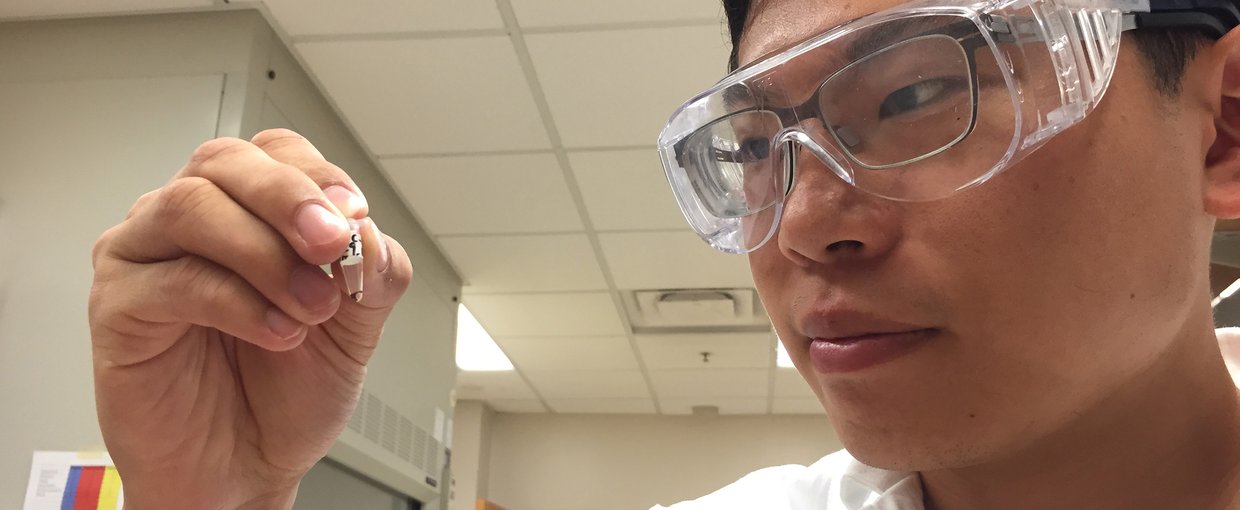
Anyone who’s ever noticed a water puddle drying in the sun has seen an environment that may have driven the type of chemical reactions that scientists believe were critical to the formation of life on the early Earth.
Research at Georgia Institute of Technology reported in the journal Angewandte Chemie International Edition demonstrates that important molecules of contemporary life, known as polypeptides, can be formed simply by mixing amino and hydroxy acids—which are believed to have existed together on the early Earth—then subjecting them to cycles of wet and dry conditions.
This simple process, which could have taken place in a puddle drying out in the sun and then reforming with the next rain, works because chemical bonds formed by one compound make bonds easier to form with the other.
The research—supported by the National Science Foundation (NSF) Centers for Chemical Innovation Program and the NASA Astrobiology Program under the NSF/NASA Center for Chemical Evolution—supports the theory that life could have begun on dry land, perhaps even in the desert, where cycles of nighttime cooling and dew formation are followed by daytime heating and evaporation.
Click here to read the full press release.
